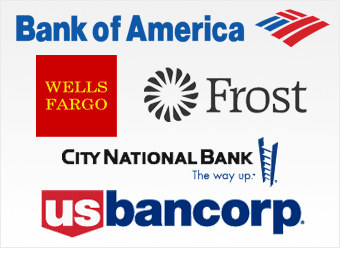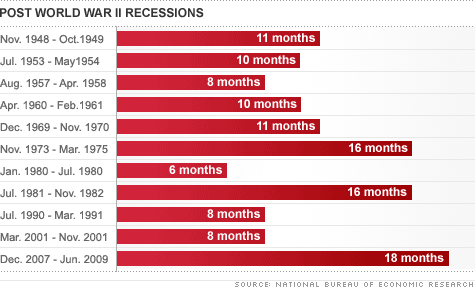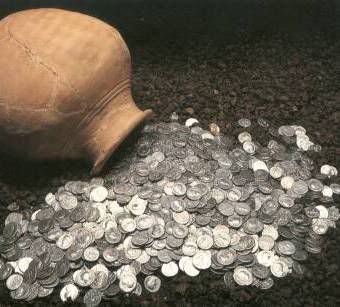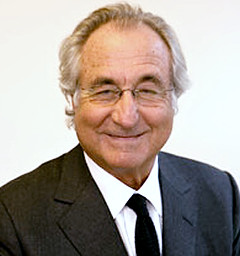Gold investment has become one of hot option in this last 10 years. Basically, investing in gold is by purchasing gold in form of bar, coin or just a paper(paper gold investment will be review in next post).
People tend to see investing in gold is promising high return by times. They keep on thinking that gold price will always hiking up and by times also they can covered up their investment cost. But do you know what will the gold investment charged you hideously?
Jeff Reeves in one of his article written in here is sharing what other gold investment hidden cost that you will have to take.
Five Hidden Costs of Gold
Commentary: Investing in gold isn't as easy as it looks
There's a lot of talk right now about how gold is booming, and how gold bugs who have been stashing bullion under their mattresses over the last decade or so have made a killing.
That may be true if you look at the price of the yellow stuff per ounce. The price of an ounce of gold is up about 30% in the last year, or over 400% in the last 10 years. How does that relate to actual returns for investors?
The truth is that gold has steep hidden costs, and that looking at the numbers on paper doesn't tell the whole story. Here are big costs many investors overlook.
Higher taxes
The affinity for gold investing and a dislike of the government seem to go hand in hand, from predictions that massive government debt will render the dollar worthless to conspiracy theories that there will be another Executive Order 6102 in which Uncle Sam loots your safe deposit box and seizes your gold.
But the biggest reason for gold investors to get mad at the feds is their tax bracket. The IRS taxes precious metal investments — including gold ETFs like the SPDR Gold Trust (NYSE: GLD - News) and iShares Silver Trust (SLV - News) — as collectibles. That means a long-term capital gains tax of 28% compared with 15% for equities (20% if and when the Bush tax cuts expire next year).
While you may see your gold as a bunker investment, the IRS will treat you the same as if you were hoarding Hummel figurines. And that means a bigger portion of your gold profits go to the tax man.
Zero income
Just as the math game on gold price appreciation doesn't tell the whole story, the lack of regular payouts is another reason why the long-term profits quoted in gold are incomplete. Many long-term investors can't afford to stash their savings in the back yard for 20 years. Income is a very valuable feature of many investments and gold simply doesn't provide that.
Remember, simply looking at returns in a vacuum can't tell you whether an investment is "good" or "bad." Is it a good idea for a 70-year-old retiree on a fixed income to bet on penny stocks because they could generate huge profits? Even if those trades pay off, 99 out of 100 advisers would say something akin to "You got lucky this time, but don't tempt fate. Quit while you're ahead and don't be so aggressive."
Similarly, the volatile and income-starved gold market is not a place for everyone. Just because past returns for gold have been so stellar, that does not mean that gold is low risk or that investors who need a secure source of regular income will be well-served.
Gold scams take a toll
In a previous article, I detailed gold coin scams in detail. They include false gradings on the quality of the coins, the use of cheaper alloys instead of pure gold and even brazen scams where you don't actually even own the gold that you buy. And that's just on the coins front. Scams abound in pawn shops and "cash for gold" enterprises that refuse to give you a true value for your jewelry or other gold items.
You'd think it would be obvious that precious metals should never be purchased from anyone other than a broker or seller of good repute who provides proper documentations. But many investors fail to do their homework, or worse, can't tell forged documents from real ones.
Gold is ready-made to be a retail sales item, and with that comes all manner of unscrupulous activity. Vigilant investors can protect themselves, but do not underestimate the very real price of being taken to the cleaners by a gold scam if you don't do your homework.
High ownership and storage costs
Maybe through some creative accounting or selective amnesia at tax time you can mitigate the tax burden of gold. But one expense you can't as easily avoid is the high ownership cost of gold. After all, it's not like you mined it yourself — and all those middlemen between the ore and you want to get paid.
The first is that old tightwad Uncle Sam again. Even if you can avoid him going on the capital gains front, he gets you coming into gold via sales tax on most jewelry and coins. And then there are the high transaction costs and commissions that gold can carry. Anyone who has bought jewelry knows significant markups are part of the precious metals trade, and that's the same for investment gold as it is for engagement rings. The bottom line is that some of your initial buy-in goes towards the business of gold and you'll never get it back, not unlike realtor fees or broker fees.
And then there's the additional cost of storing your gold. You have to pay a fee for a safe deposit box, and if you have a lot of gold, that can run you a few hundred bucks a year for a good-sized box. Of course if you're afraid of that Order 6102 scam pulled by FDR you likely have your gold at home in a safe — so that's a one-shot deal. But are you really foolish enough to distrust the government but trust your gold stash to be safe without insurance?
The presumed "safety" of gold is good on paper, but obtaining the actual metal and keeping it safely stored is a costly endeavor.
Yes, gold can lose value
Proponents of gold love to claim that gold has never been worthless like Lehman Bros. or GM. And while this is true on its face, it is actually a half-truth. While gold may never become worthless, it is foolish to think it will never lose value.
Consider that after reaching a record high of $850 per ounce in early 1980, gold plummeted 40% in two months. The average price for gold in 1981 fell to a mere $460 an ounce — and continued nearly unabated until bottoming with an average price of around $280 in 2000. For those folks in their 40s and 50s who bought gold at that 1980 high, it took them 28 years to reclaim the $850 level. That's hardly much of a retirement plan, unless they lived to be 80 or 90 and just cashed out recently.
Gold is an investment, period. And no matter how gold bugs spin the metal as a hedge against inflation and a sure thing that will only go up, gold can lose its value — sometimes in a hurry, as in the early 1980s.
















 *Year to date as at 28 July 2010
*Year to date as at 28 July 2010









